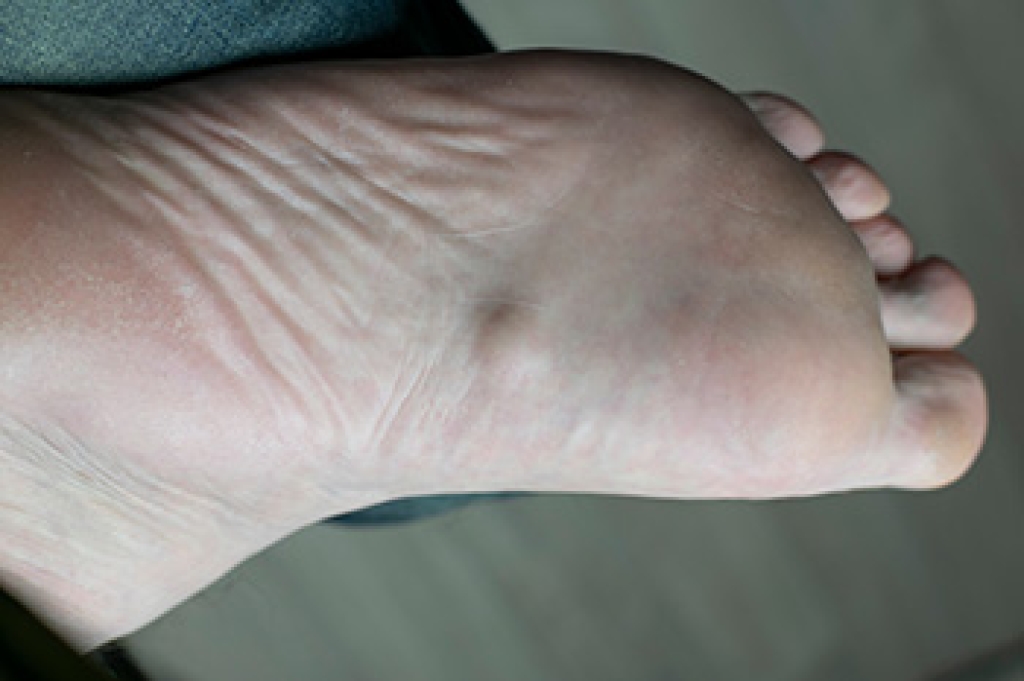
An ankle sprain is an injury that occurs when the ligaments supporting the ankle stretch or tear, often causing pain, swelling, and difficulty walking. Common causes include twisting the ankle during sports, stepping on uneven surfaces, or sudden impact. Risk factors include previous ankle injuries, weak muscles, wearing improper footwear, and participation in high-impact activities. Symptoms may involve bruising, instability, stiffness, or a popping sensation at the time of injury. A podiatrist can evaluate the severity of the sprain, provide treatment such as bracing and exercises to restore strength and prevent recurrence. If you have sprained your ankle, it is suggested that you consult a podiatrist who can accurately diagnose and treat this condition.
Ankle sprains are common but need immediate attention. If you need your feet checked, contact one of our podiatrists from Greater Boston Foot Care, PLLC. Our doctors can provide the care you need to keep you pain-free and on your feet.
How Does an Ankle Sprain Occur?
Ankle sprains take place when the ligaments in your ankle are torn or stretched beyond their limits. There are multiple ways that the ankle can become injured, including twisting or rolling over onto your ankle, putting undue stress on it, or causing trauma to the ankle itself.
What Are the Symptoms?
- Mild to moderate bruising
- Limited mobility
- Swelling
- Discoloration of the skin (depending on severity)
Preventing a Sprain
- Wearing appropriate shoes for the occasion
- Stretching before exercises and sports
- Knowing your limits
Treatment of a Sprain
Treatment of a sprain depends on the severity. Many times, people are told to rest and remain off their feet completely, while others are given an air cast. If the sprain is very severe, surgery may be required.
If you have suffered an ankle sprain previously, you may want to consider additional support such as a brace and regular exercises to strengthen the ankle.
If you have any questions please feel free to contact our office located in Plymouth, MA . We offer the newest diagnostic tools and technology to treat your foot and ankle needs.




